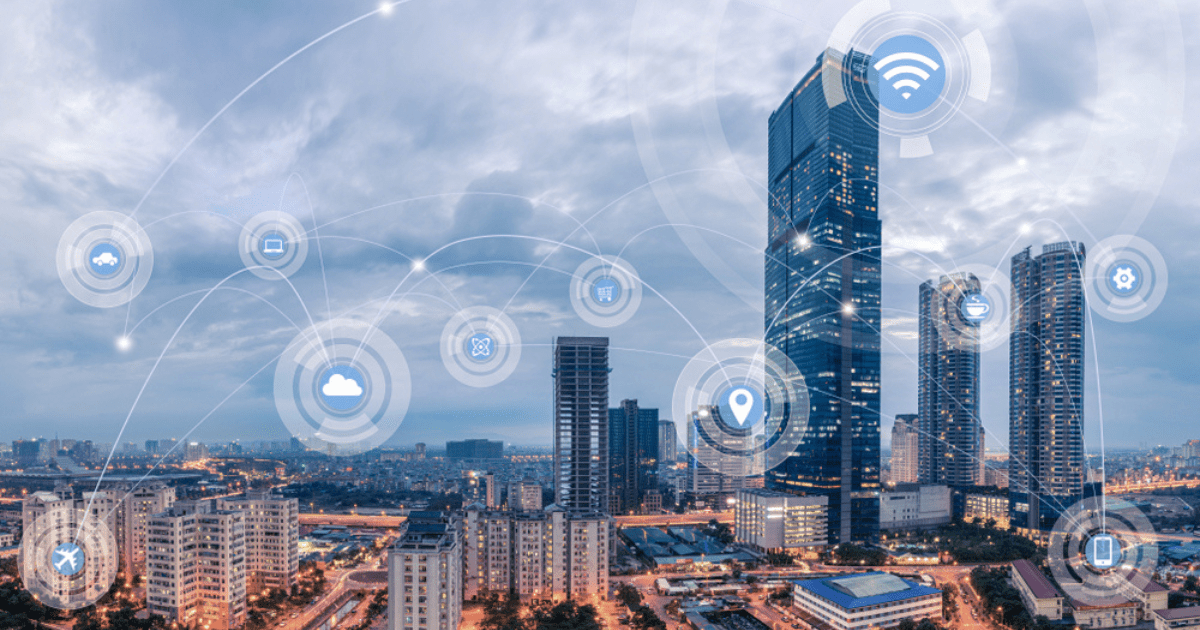
Edge data centers are mushrooming across Southeast Asia: Here’s why

Every day, an estimated 125,000 new users in Southeast Asia are coming into the Internet, making the region the fastest growing digital economy in the world.
But more than that, these users – an estimated 460 million of them in 2022 - are not simply browsing the Internet; they are playing games, engaging in mass e-commerce, and conducting business while on the move. As a result, the World Economic Forum estimates that monthly data usage will increase more than threefold from 9.2 GB per user in 2020 to 28.9 GB per user in 2025.
And it’s not just consumers – all across the region, from businesses to governments; a digital renaissance is taking place with many companies embracing digitalization, AI and big data applications.
The demand for data has, in turn, created a surge in investments in data. Kearney estimates that data center capacity across Southeast Asia will grow at a compounded rate of 19.4 percent a year between 2021 and 2026.
And while large data centers are meeting much of today’s data needs, tomorrow’s technologies will require a more agile form of cloud, known as the edge.
Growing big by going small
Edge data centers are based on the concept of a distributed IT network, where data is processed as close to where it originates. These data centers are built closer to end users, or at the edge of the network, and deliver cached content and computing power to users.
Compared with hyperscalers, edge centers are also much smaller, with a capacity between 500 kilowatts to 2 MW. The main benefit of the edge data center is that it cuts down latency or the time in which the end user gets his data processed. This allows the network to deliver faster and more responsive times.
The need for speed, or low-latency response times, is critical as we enter a data-intensive period that will see the growing use of augmented reality, telesurgery, and driverless cars.
For instance, driverless cars are powered by enormous amounts of data, with estimates that autonomous vehicles could generate up to 5 TB of data per hour.
Driverless vehicles depend on low-latency networks that aggregate, analyze, and, transmit data in real time. This is critical to ensuring the safe travel of commuters on such vehicles. Decisions such as when to slow down, where to turn, and how fast to accelerate may seem simple, but they require tremendous computing power for AI-powered vehicles to calculate.
Similarly, telesurgery, or the ability to conduct surgery in different locations, requires the instant communication of data from surgeons to robotic arms, something edge data centers can support.
Southeast Asia on the edge of a high-speed frontier
North America and Asia Pacific are driving the demand for edge data centers, with global spending on these smaller data centers expected to grow 22.1 percent a year from 2023 to 2031, reaching more than US$57 billion (€52.1 billion) by the end of 2031.
While edge data centers in Southeast Asia are still a relatively new phenomenon, appetite will likely grow over the next few years, for a few reasons.
For one thing, the region is poised to adopt 5G, expected to be the leading mobile network in the region by 2028, according to the Ericsson Mobility Report. This will, in turn, boost monthly mobile traffic per smartphone by 30 percent a year to 54 GB in 2028.
Edge data centers will also be a key part of the digital infrastructure to support smart city development plans rolled out by Laos, Vietnam, and Malaysia, among others.
Another reason is simply cost. Smaller data centers are less capital-intensive and can allow smaller players to quickly ramp up supply to meet rising demand. This is crucial for the quick deployment of emerging technologies in areas such as agriculture, which remains a sizable sector of Southeast Asia’s economy.
In Australia, for instance, data center company Connected Farms is deploying an edge data center in Queensland to provide improved data management for farmers. The cost: AU$541,000 (€368,231.52).
In contrast, hyperscale facilities require a large capital outlay – Meta’s 150 MW hyperscale facility in Singapore cost nearly US$1 billion to build.
Giving SEA the edge
The pace of investments in edge computing has been picking up, with data center providers eyeing opportunities in Malaysia, Vietnam and Indonesia.
In October 2021, PT Ekagrata Data Gemilang opened an edge data center in Jakarta to support 5G applications.
Similarly, Edge Centers built an edge point in Kuala Lumpur and is developing two more in Johor and Penang. The Australian-based company has also developed an edge center in Ho Chi Minh and is building one more in Hanoi in step with Vietnam’s National Digital Transformation Programme. The smaller data centers aim to meet rising demand from the underserved sections of the market.
But more than that, the investments also translate into tangible benefits for the region. Chinese e-commerce firm Alibaba intends to spend US$1 billion over three years to develop data centers in the region. It also plans to equip 1 million people with digital skills and to support 100,000 startups.
Its competitor Huawei also has big plans to train 100,000 engineers and technology professionals, while supporting 500 startups in Indonesia alone.
As the edge becomes increasingly mainstream, expect more edge data centers to mushroom across Southeast Asia. After all, when it comes to low-latency ambitions, small is beautiful.
ALSO WORTH READING













 English
English